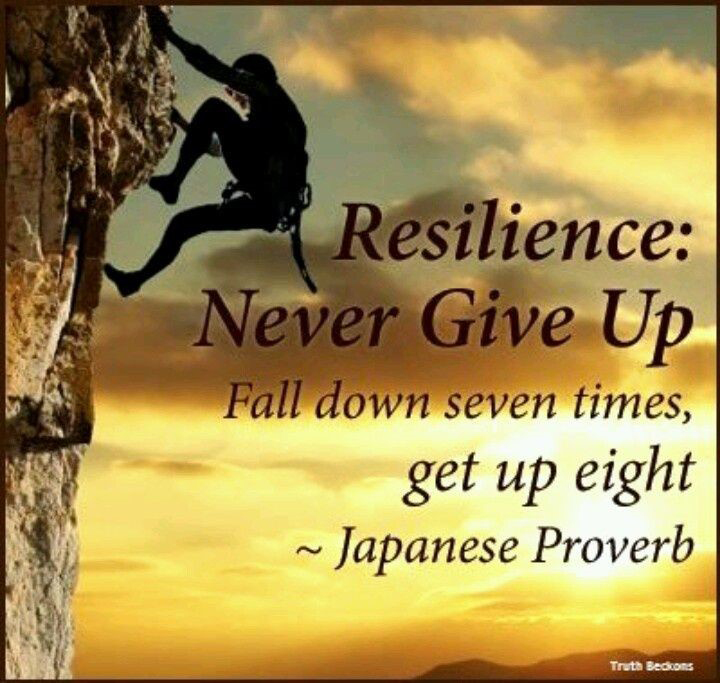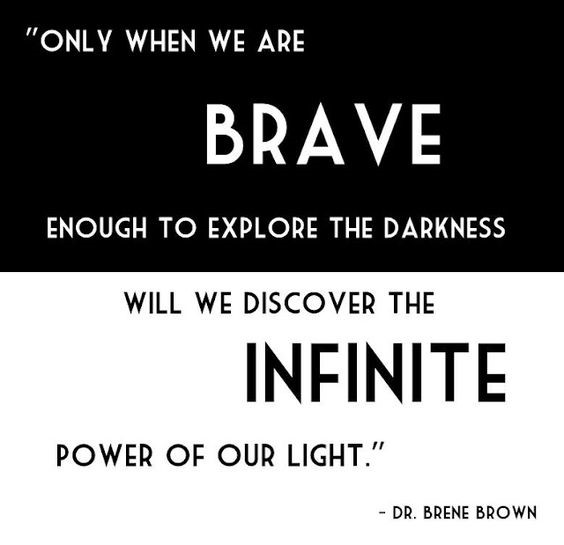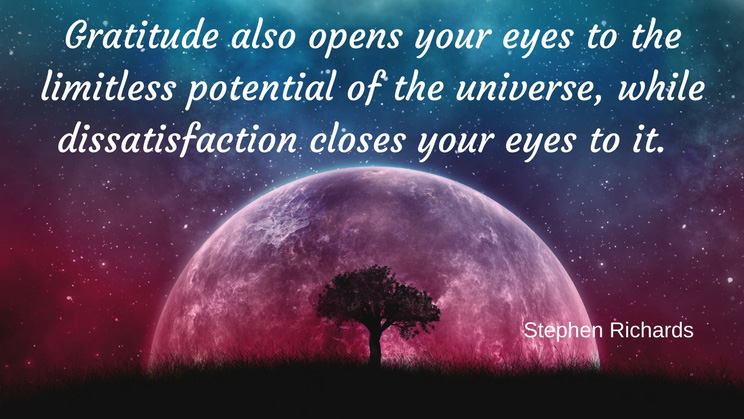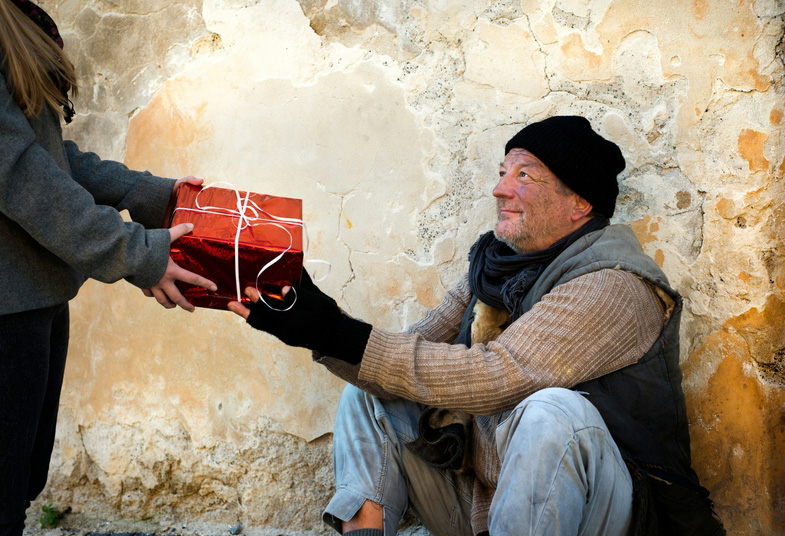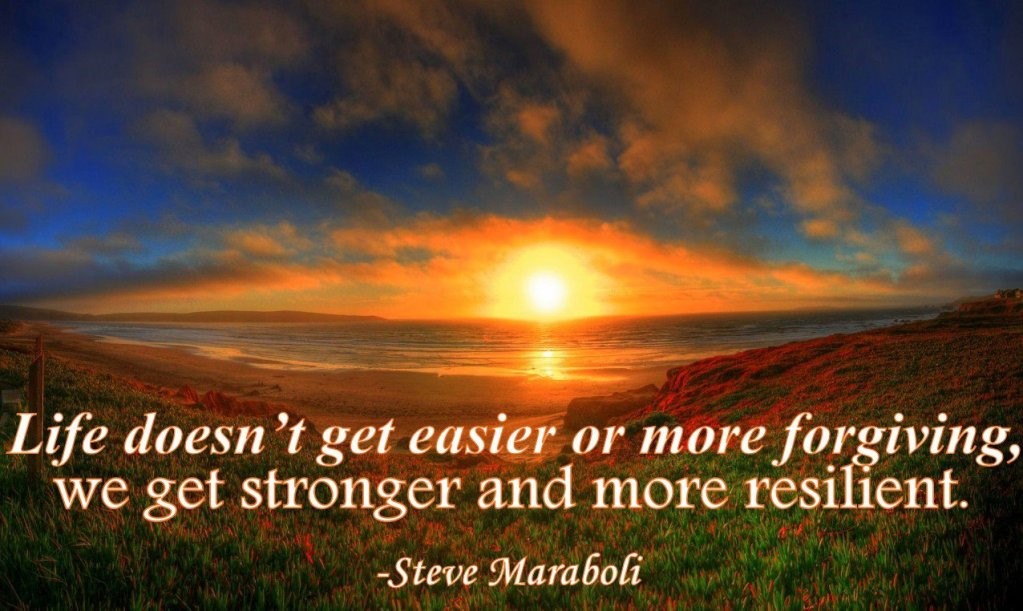
In Part 1, we explored why resilience is a valuable trait to learn and use. In Part 2, the focus was on one type of resiliency – shame resilience. The 3rd part was devoted to talking about how important it is to be hopeful when you are cultivating resilience. In this part – Part 4 – we will be focusing on the requirement for self-care. Without it – put simply – one just can’t develop resilience.
Naturally, we aren’t saying that being selfish is a good attitude to take. Self-care, on the other hand, is critical to success in life. Self-care begins with self-awareness. We must pay attention to how we are feeling – emotionally, physically and spiritually. And then we need to take action on those areas that don’t feel healthy. Maybe we’ve been working too many hours or spending too much time helping out a friend who is going through a rough patch. “I’m burned out”, is what we say when our lives are out of balance, and we aren’t doing a great job at managing our self-care. Health.com has an article on various ideas to step up self-care. They recommend several things, including:
- sweating it out or pounding the pavement for those who can’t sit still
- escaping into re-runs of your favorite sitcoms or reading a book
- creating a relaxing routine which begins with disconnecting from devices
- grabbing some knitting needles or work on an art project that uses repetitive motion which can feel meditative
Read the full article here:
http://www.health.com/mind-body/self-care-ideas
The reason self-care is NOT being selfish is because if you don’t take care of yourself, others may suffer. If you burn out it’s likely that you will just go into seclusion, leaving everyone high and dry, rather than managing to do what is needed on a daily basis to keep yourself positive and moving forward. Worse yet, you may become really ill (physically and/or mentally) and then others may have to jump in to rescue you. They probably would have preferred that you focused on yourself a little more so that you didn’t get to that point!
Want to know just how resilient you are?
I ran across The Resilience Institute, which has an online 60-second test to determine how resilient you are. They use the answers to just 12 questions to come up with your score. They invite you to go further by answering 60 questions to get your “Resilience Diagnostic” or you can sign up for “Your Resilience Journey” – a webinar course. The 60-second test is free. Anything more sophisticated costs $$$. My score on the short test was only 65%. Hmmm. Maybe I should take my own advice!

What are your thoughts on this?
